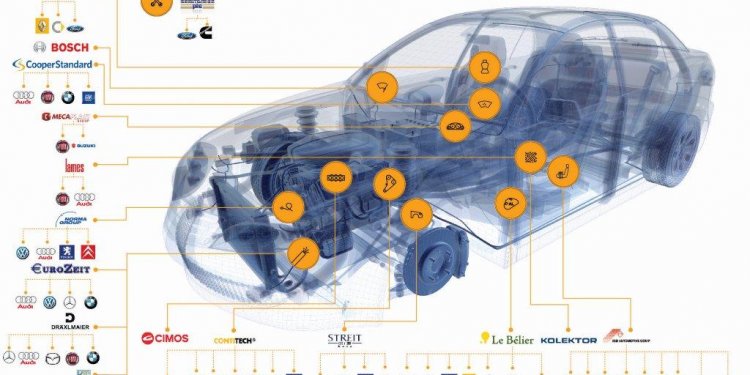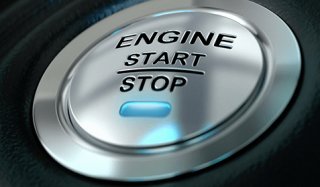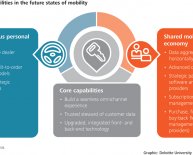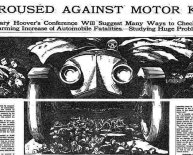
Automotive industrys
 By Stefan Issing | | 3 minutes | in Automotive, Business Agility, Business Technology, Creativity & Innovation, Manufacturing, Strategy, Supply Chain | tagged automotive, IFS Applications, Manufacturing, supply chain
By Stefan Issing | | 3 minutes | in Automotive, Business Agility, Business Technology, Creativity & Innovation, Manufacturing, Strategy, Supply Chain | tagged automotive, IFS Applications, Manufacturing, supply chain
Asia will be the biggest car manufacturer worldwide within the next few years, but Europe will continue to lead in research and development
Over the last ten years, there has been significant growth in European and American automotive manufacturers running operations in China. Consequently, it has been one of the fastest places of growth in the world.
However, China could lose its position of dominance over the next five to ten years as a result of the growth in demand from India. And, according to a report by KPMG, the manufacturers believe that growth in the emerging markets will continue to be the key driver for increased revenue over the next ten years. European car makers will continue to lead the way in research and development, complemented with innovation from the North American based tech industry.
Improvements to health and safety, alternative fuel use, and self-driving cars are at the forefront of automotive R&D. Creating a new car or rolling out an innovation relies on hugely complex global supply chains. Different individuals, teams and companies need to exchange information accurately within the supply chain.
 The ability to have the correct data at the right time and place will become significantly more important in managing the manufacturing cycle around the world.
The ability to have the correct data at the right time and place will become significantly more important in managing the manufacturing cycle around the world.
IFS is developing training schemes for the Chinese market using local teams to ensure services are delivered effectively to local teams. Local teams are vital on the ground as they help to manage the cultural and regulatory variations within each country.
Beside lightweight construction and engine optimization, low-cost vehicles will increase the cost pressure on the automotive industry. It is common for multiple car brands and models to operate on the same platforms. This explains why the interface on an Audi may look the same as on a Seat. This is set to become more common since it is an effective way of reducing costs in an increasingly global and competitive market.
Supply chains must…
Supply chains need tools that enable all of the stakeholders involved to combine effectively to manage demand accordingly. Through its recent acquisition of VisionWaves, IFS is working with manufacturers to collect data from different departments as a means to collate and analyze in order to reduce costs in production and procurement.
Suppliers must…
Suppliers must expand their offering to be more flexible and to provide their products and services in other regions to react as fast as possible if necessary.
There are increasing occasions where a part is used in many different vehicles. Suppliers can’t plan to develop components in isolation – they have to deliver a whole module to match the needs of the manufacturer, and each module needs to be correct for each vehicle.

















